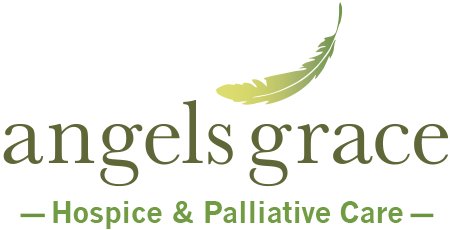
A question that is often asked is what are the differences between In Home Hospice Care vs. Inpatient Hospice Care? There are distinct differences in these levels of care. Let’s take a moment to explore the two.
In Home Hospice Care
Home hospice care is often selected when patients and their families have the desire to spend their last days in the comfort of their own homes. Hospice services come to the private residence and perform care within the home. This is not meant that the hospice nurse would remain in the home, but the patient would be seen on a routine and on a as needed basis to control any symptoms as they arise in order to maintain respect, dignity, and comfort. The family often is the primary caregiver of their loved one with the support of the hospice team. Often, some families feel the desire to have home hospice, but are overwhelmed by the demands of the need to provide 24 hour care. In these instances, if the family wishes still to have the patient home, they may opt to hire a part time or full time caregiver. To note, Medicare does not provide this coverage for the cost of the caregiver and it is the family who provides the funding if such care is needed/desired. Often, families try to coordinate care to make the task of caregiving not as overwhelming for one individual to control costs and financial burden.
Inpatient Hospice Care
In contrast, Inpatient Hospice Care may be the appropriate level of care. This level of care is intended for someone who is having symptoms that are difficult to control at home, an assisted living, or skilled nursing facility. It is also the level of care that can be provided for a symptomatic, actively dying individual who perhaps is too unstable to transport to another location. If while under inpatient care, if the individual’s symptoms have resolved or are controlled well within the Plan of Care, the individual would then be transferred from inpatient services to either home, Assisted Living Facility (ALF), or Skilled Nursing Facility (SNF )care with hospice. This level of care is the least seen in comparison to other levels of care. In most instances, a patient can be cared for well within routine level of care at home, at an ALF, or SNF.
It is important to remember the levels of care include Routine hospice care (provided at home, ALF, or SNF), Continuous care for individuals who do not qualify for inpatient care, but are needing extra time to obtain an effective Plan of Care due to difficult symptoms that need managing (provided again at home, ALF, or SNF) and finally Inpatient care as discussed above. Whatever the level of care and the venue that is selected, the goal is still the same: Keeping the individual safe, comfortable, respected, and dignified.
Angels Grace Hospice provides a customized care plan to meet the specific needs of patients. We provide comfort care in your home, hospital, nursing home or assisted-living facility depending on your individual circumstances. Contact us with any questions and for further assistance with your end of life care options.


